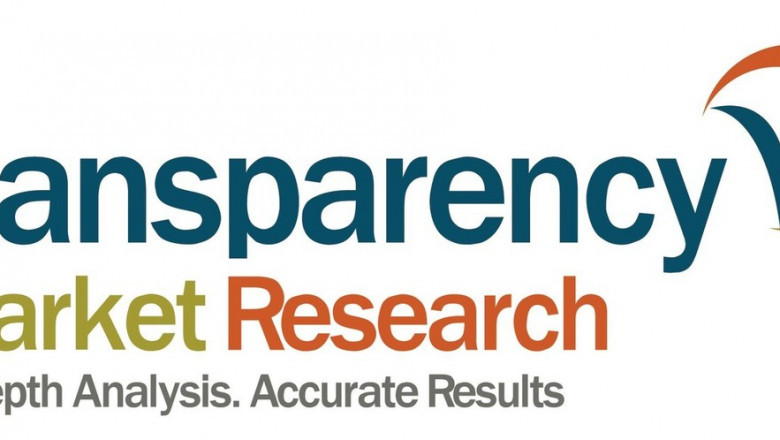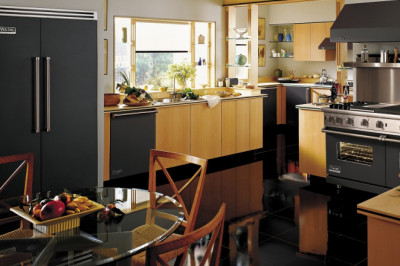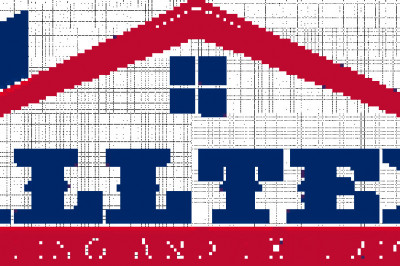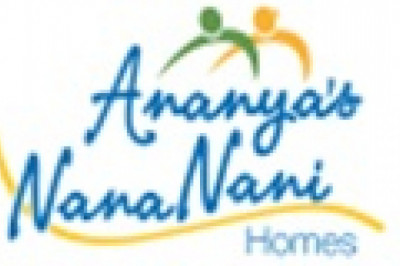views

Flexitanks are bags used to transport large quantities of liquids upto 24,000 liters, in a 20- feet container. They are manufactured in standard sizes, ranging from 10,000 liters to 24,000 liters. They are bags of polymer materials such as polyethylene, polypropylene, PVC coated fabric, etc. usually employed for transportation of non-hazardous liquids such as wine, fruit juices, edible oils, industrial liquids, sweeteners, agricultural liquids, etc. All the liquids that do not fall under the category of dangerous goods as per IMDG code can be transported using flexitanks. Currently, flexitanks are employed for transport of edible liquids such as wine, fruit juices, edible oils, sweeteners, etc. Around 30% of the wine all over the world is transported using flexitanks. Flexitanks are of three types: monolayer, bi-layer, and multilayer. Multilayer flexitanks are the most preferred type owing to their low cost and several advantages. The flexitanks market is anticipated to offer significant potential, especially in the Asia Pacific region. Asia Pacific is one of the leading exporters of liquids such as vegetable oils, aerated & non-aerated beverages, water, industrial and agricultural liquids, etc. due to which Asia Pacific accounted for a major share of the flexitanks market in 2017.
Get Exclusive PDF Sample Copy Of This Report - https://www.transparencymarketresearch.com/sample/sample.php?flag=S&rep_id=2570
Low Overall Cost of Flexitanks Compared to that of Other Bulk Packaging Products
The average cost of a flexitank is much higher than the per unit cost of intermediate bulk container IBCs or drums. However, in case of transport of large quantities of liquids, the overall cost of flexitanks, including operational cost, proves to be more economical than that of its counterparts. A standard 20-feet container is usually chosen to transport bulk quantities of liquids. The 20-feet container accommodates one flexitank with the capacity of 24000 liters. It requires around 18 units to 20 units of IBC tanks and 80 units of drums to transport an equivalent or lesser quantity of liquid in a 20-feet container. The quantity of cargo/liquid that can be transported decreases marginally in IBCs and drums due to the large number of units. The per unit cost of ISO tanks is high. It ranges from around US$ 15,000 to US$ 16,000. Often, ISO tanks are procured on a rental basis, wherein the per day rent of these tanks ranges between US$ 15 and US$ 20. This proves to be high for longer duration journeys. Furthermore, the user has to bear an additional return cost for getting the empty ISO tanks back to the destination. Thus, the overall cost of flexitanks proves to be 30% to 40% lesser compared to that of other bulk packaging products.
Risk of Cargo Loss due to Leakage
Risk of leakage of cargo in flexitanks is higher than that in other bulk packaging carriers. Flexitanks are made up of polyethylene or polypropylene. Chances of damage to the flexitank material are high due to improper or careless handling during loading/unloading. Therefore, utmost care has to be taken while loading and discharging flexitanks in and from containers. These operations can be conducted by operators that provide fitting services of flexitanks into containers. These can also be carried out by flexitank manufacturers with technical expertise and knowhow. Flexitanks are useful in transportation of bulk quantities of products. Hence, they appeal only to users transporting bulk quantities of cargo/liquid. Flexitanks are not feasible for small players transporting less quantities of liquids. An entire quantity of a liquid is stored in a flexitank. Therefore, chances of losing the entire quantity of liquid during a case of contamination is high. This can lead to significant losses.
Buy Now - https://www.transparencymarketresearch.com/checkout.php?rep_id=2570<ype=S
Increase in Contribution of Developing Regions/Countries in Global Trade
The global trade of edible liquids such as wine, fruit juices, sweeteners, edible oils, potable water, and aerated and non-aerated beverages has increased significantly in the last few years. Developing countries such as Brazil, Indonesia, Thailand, Chile, Argentina, China, India, and South Africa account for a major share of the trade. In case of wine and fruit juices, countries in Latin America and Europe are among the major exporters. Countries in Southeast Asia such as Indonesia, Thailand, and Malaysia hold significant share in terms of trade of edible oils. Brazil, China, and India are also among the major exporters of edible oil. China is one of the key exporters of water for drinking and usage in aerated and non-aerated drinks. Furthermore, the global trade of non-hazardous chemicals such as inks, paints, emulsifiers, latex, fertilizers, and detergents has also been rising since the last few years. Countries in Asia Pacific such as China and India and ASEAN are witnessing rapid industrial expansion. Thus, Asia Pacific also constitutes a prominent share in terms of export of products. Flexitanks prove to be highly economical and useful in case of export of bulk quantities of liquids. This offers lucrative opportunities for flexitank manufacturers in developing regions such as Asia Pacific, Latin America, and South Africa.
Read Full Report - https://www.transparencymarketresearch.com/flexitanks-market.html
About Us
Transparency Market Research is a next-generation market intelligence provider, offering fact-based solutions to business leaders, consultants, and strategy professionals.
Our reports are single-point solutions for businesses to grow, evolve, and mature. Our real-time data collection methods along with the ability to track more than one million high growth niche products are aligned with your aims. The detailed and proprietary statistical models used by our analysts offer insights for making the right decision in the shortest period. For organizations that require specific but comprehensive information, we offer customized solutions through ad-hoc reports. These requests are delivered with the perfect combination of the right sense of fact-oriented problem-solving methodologies and leveraging existing data repositories.
TMR believes that the unison of solutions for clients-specific problems with the right methodology of research is the key to help enterprises reach the right decision.
Contact
Transparency Market Research
State Tower,
90 State Street,
Suite 700,
Albany NY - 12207
United States
USA - Canada Toll Free: 866-552-3453












